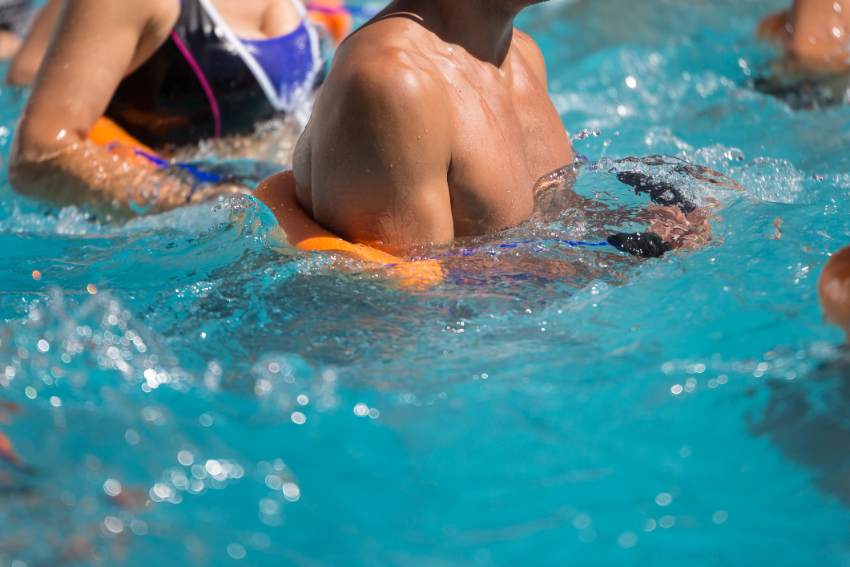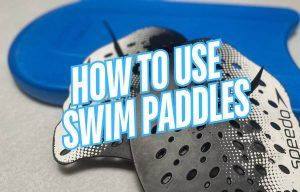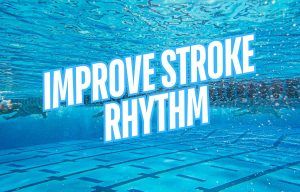Aqua jogging is one of the best ways to get a low-impact and fat-burning workout. Here’s a full list of the benefits of aqua jogging, how it compares to regular running, and more.
Wondering if water jogging is a worthy form of exercise to add to your workout arsenal?
Whether you are looking to lose weight, maintain running endurance, or you have some injuries preventing you from doing your usual workouts, water jogging is an excellent option.
In this article on the benefits of water jogging, we will look at the key reasons you should jump into the water. We’ll also look at the primary muscles worked, how effective it is compared to regular running, and much more.
Let’s jump right in.
What is Aqua Jogging?
Aqua jogging, also known as water jogging and deep-water running, is running or jogging in the pool without using the aid of the pool floor.
Typically done with the aid of an aqua jogging belt for buoyancy, water jogging has many of the same cardiovascular and fat burning benefits of running without the impact and potential for load-bearing injury.
The Benefits of Aqua Jogging
Here is a look at the primary benefits to deep-water running:
1. Cardiovascular training
While water jogging is not as effective as treadmill running for generating peak VO2 max, water jogging nevertheless generates a significant cardiovascular stimulus1 that is almost identical to treadmill running.
This is great news for endurance athletes and athletes off all stripe looking to maintain or improve cardio without spending more time on the road or treadmill.
Note: Research2 has shown that people who are proficient at water jogging are able to come even closer to maximal heart rate and oxygen consumption as treadmill running. Practice makes perfect in the water and produces better cardio outcomes.
2. Different stimulus compared to running
Fun fact—water is around 800 times denser than the air. Aqua jogging, while you are performing the same general movement, is a significantly different stimulus.
There is more work being done to stabilize your body, whether or not you are wearing a water jogging belt or decide to go without one.
Moving your arms and legs through the water provides a different form of resistance training compared to standard jogging, and works most (but not all) of the same muscles as running.
3. Alternative to using a kickboard
Doing kick on a kickboard is one of my favorite lower body cardiovascular exercises, but there are times where even I get a little sick and bored of flutter kicking endlessly on a kickboard.
Aqua jogging is another excellent method of getting a killer workout in the pool without stressing the upper body and shoulders, making it a great alternative to doing kick in the pool.
4. Reduced Impact
Perhaps the biggest benefit to deep-water running is the elimination of impact on the joints, particularly the ankles and knees.
For people who love running, but are unable to due to injury, water jogging is an excellent alternative that won’t exacerbate nagging stress-related injuries.
Note: Compared to treadmill running, deep water running generates significantly less muscle activity in the tibia and calves3, making it an excellent form of exercise for people with injured feet and knees.
The elimination of load-bearing impacts also allows trainees to increase overall training load and volume as water jogging won’t worsen injury ro cause additional joint stress.
5. Excellent for recovery workouts
Low-impact active recovery, like walking or swimming, are excellent ways to help speed up recovery between vigorous workouts for well-trained people.
Low-intensity water jogging is an excellent way to speed up recovery and avoid stressing sore and overworked muscles and joints.
Fun fact: For more activation in the core, use a high-knee stride when water jogging. The high-knee stride targets the trunk and core significantly more4 compared to a regular stride.
6. Increased calorie burn
Swim pools can be a little chilly, with your standard Olympic swim pool a brisk 80 degrees Fahrenheit. While this can be a bit of a shock to the system initially, there is some evidence that suggests increased calorie burn while exercising in colder water.
A study5 took a group of men and had them do 45-minutes on a stationary bike that was submerged in either 33 degree Celsius water (91 degrees Fahrenheit) or 20 degree Celsius water (68 degrees Fahrenheit), and found that post-workout caloric intake was 41% greater with the cold water intervention.
While that cold water won’t be as comfortable at first, it will motivate you to get moving and warm up, further increasing the efficiency and calorie burn of aqua jogging.
Benefits of Water Jogging — FAQs
What muscles does water jogging work?
Aqua jogging works many of the same muscles as regular running, with nearly identical activation in the quads and glutes. Muscle demands are significantly lower in the calves and tibia.
High-knee water jogging is an excellent way to really target your core and trunk, and the vertical nature of the exercise targets many of the smaller stabilizer muscles from shoulders to the hips.
Can you lose weight water jogging?
Absolutely! In fact, for beginner trainees, aqua jogging is one of the best cardio and weight-loss options around.
Aqua jogging is nearly zero impact, which eliminates many of the injuries that happen with traditional running and resistance training, particularly among people just getting started.
Additionally, because you can exercise for longer in the water thanks the buoyancy and reduced impact, you can churn out some seriously fat-busting workouts in the pool.
You can further speed up your weight-loss efforts with water jogging by performing it in a colder swim pool.
Is running or aqua jogging better?
Running is the more efficient option in terms of calories burned and amount of muscle activated during the stride compared to aqua jogging. That certainly doesn’t mean its better for everyone.
Deep-water running has a lot of benefits that make it a better option for people looking to mixing up their endurance training, have injuries preventing them from doing regular running, or are simply looking for a straight-up awesome cardiovascular workout.
Whether you are just getting started on your weight loss journey, or you are an experienced athlete looking for a different way to stockpile cardio workouts, water jogging is an excellent option.
Do you have to use an aqua jogging belt?
Water jogging is done vertically, which does generate more vertical pressure compared to swimming, which can make it hard for some people (especially particularly dense and muscular folk) to float properly.
Using a water jogging belt is an excellent way to give you buoyancy so that you can focus on water jogging with proper technique instead of keeping your head above water.
Most local pools have stockpiles of water aerobics equipment, including aqua belts and water dumbbells (especially if your pool offers water aerobics classes), and if you choose to invest in your own, they are quite inexpensive and the closed-cell EVA foam will last forever.
The Bottom Line
The benefits of aqua jogging are far and deep (ha! Deep, get it?), from being a safe way to train around an injury, burn a ton of calories, or simply getting an awesome cardiovascular workout.
It’s a way for runners to get many of the benefits of running without striking hard pavement, and it’s also a killer way to speed up recovery between workouts thanks to its low-intensity features.
The next time you head down to the pool, strap on an aqua jogging belt, head for the deep end, and reap all of the benefits that aqua jogging has to offer.















